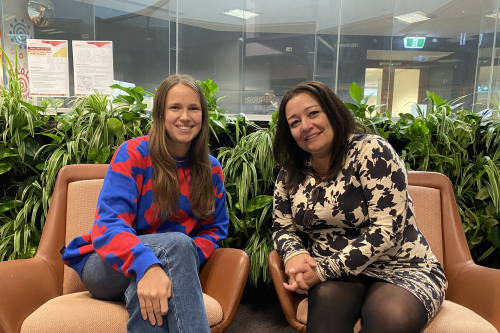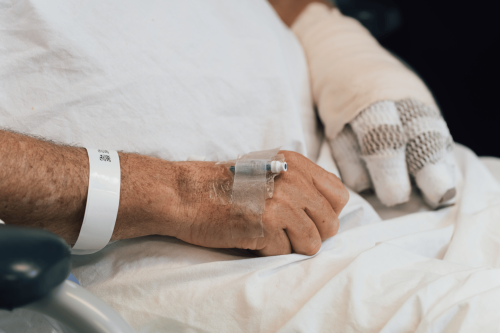Measuring the severity of concussion, as it happens

A revolutionary new device could soon give medical professionals the ability to test for the presence and severity of concussion within minutes with a simple finger-prick blood test.
Thanks to research from The Alfred, which is a clinical partner in the project, Australian based biotech start- up, GLIA Diagnostics and Australia’s national science agency CSIRO are in the process of developing the device for the diagnosis and ongoing assessment of concussion together with D&I as the industrial design partner.
Alfred Health Director of Emergency Medicine Research Professor Biswadev Mitra said recent research has uncovered molecules in the brain that change after brain injury and are detectable in blood while concussion is present.
“We are interested in a class of molecules that are involved in brain healing called microRNAs ... there are over 70 microRNAs that have been discovered and we believe a smaller subgroup play an essential role in brain healing after concussion,” Prof Mitra said.
“Currently, diagnosis and management of concussion relies on self-reported symptoms by patients. A blood test can provide an objective marker.
An estimated 27,000 people are hospitalised for traumatic brain injuries in Australia each year, which is thought to be a fraction of the total number of injuries, as many go undiagnosed.
“The biggest concern from a medical point of view is that missing a diagnosis of a brain injury or underestimating the severity can lead to issues like chronic headaches, problems with vision, balance, co- ordination, hearing and potentially worse outcomes.”
GLIA Diagnostics Director, Edmond Sorich said the finished product will be both easy to use, give a precise diagnosis and could help determine ‘return to activity’ rules in elite sport and the military.
“The sensor in the device being developed by CSIRO will use a single drop of blood from a finger prick – just like a blood sugar test.
“In a sporting context, it will give medical staff or a coach a quantitative measure that they can use to accurately assess a player and either get them treated or clear them to go back out on the field,” Mr Sorich said.
“The microRNA biomarkers being used by The Alfred to determine levels of concussion were discovered in the US and patented by GLIA.
CSIRO’s Dr Helmut Thissen leads the team building the sensor for the device which will detect these specific microRNA biomarkers.
“The sensor technology needs to be ultrasensitive to be able to quantify microRNAs at physiologically relevant concentrations.
“We’re aiming to assist in clinical decision-making by providing reliable data within a matter of minutes,” he said.
Some of the critical nanostructured components of the biosensor device are fabricated at the Melbourne Centre for Nanofabrication (MCN), a purpose-built cleanroom facility and the headquarter of the Australian National Fabrication Facility (ANFF).
The Australian Department of Defence has funded the first phase of research and design for the project through its Defence Innovation Hub.


_500_333.jpg)